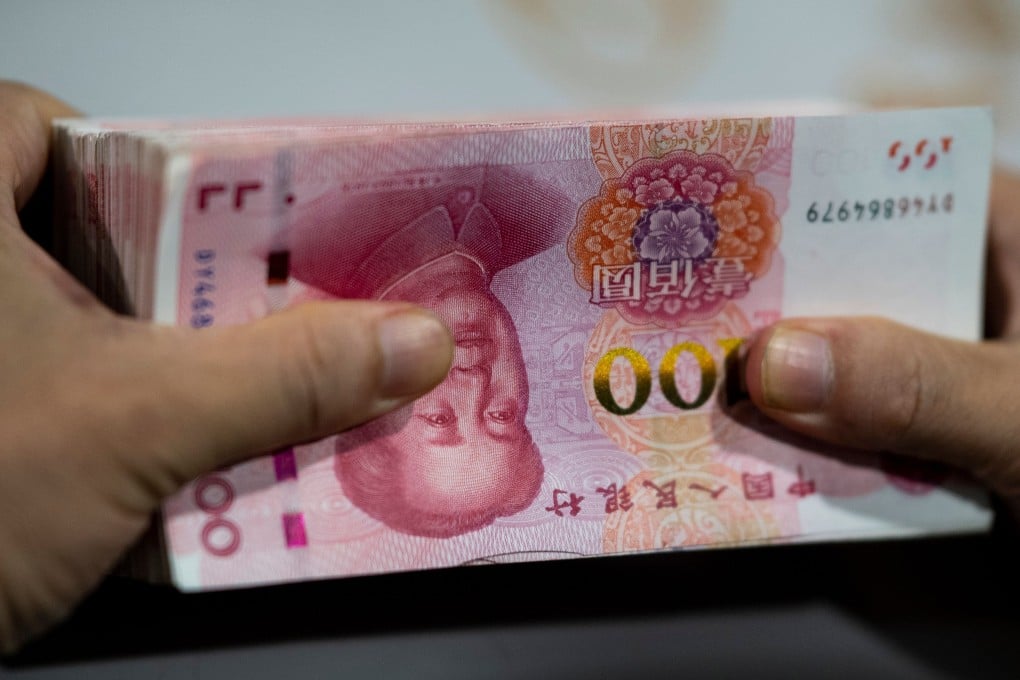2020 may be the year when the ‘largest, broadest and fastest’ wave of debt crashes over the global economy. You have been warned
- The World Bank has provided a chilling analysis of the latest tidal wave of borrowing, which had reached US$55 trillion by 2018. Even though interest rates are low now, they provide no sure-fire protection against debt crises

I make no apologies for returning to the subject of global debt, even if it does make for rather dismal new year reading. The World Bank (under the leadership of former US Treasury undersecretary David Malpass) has just weighed in with a whole book on why another debt crisis could be imminent.
The book, Global Waves of Debt , identifies four such waves since 1970 which have wreaked greater or less havoc in the global economy and warns the latest wave “has already seen the largest, fastest and most broad-based increase in debt in emerging market and developing economies … in the past half-century”.
China is the biggest emerging economy and the World Bank suggests that the “debt-fuelled” investment boom there could result in non-performing loans and a corporate debt crisis. Given the size of China’s economy, spillovers to other emerging economies could be “significant”.
Total public and private debt in emerging and developing economies has increased dramatically over the past 50 years – from 47 per cent of GDP to around 170 per cent, according to the World Bank. Government debt has doubled to 50 per cent while private debt has risen sixfold to 120 per cent.
